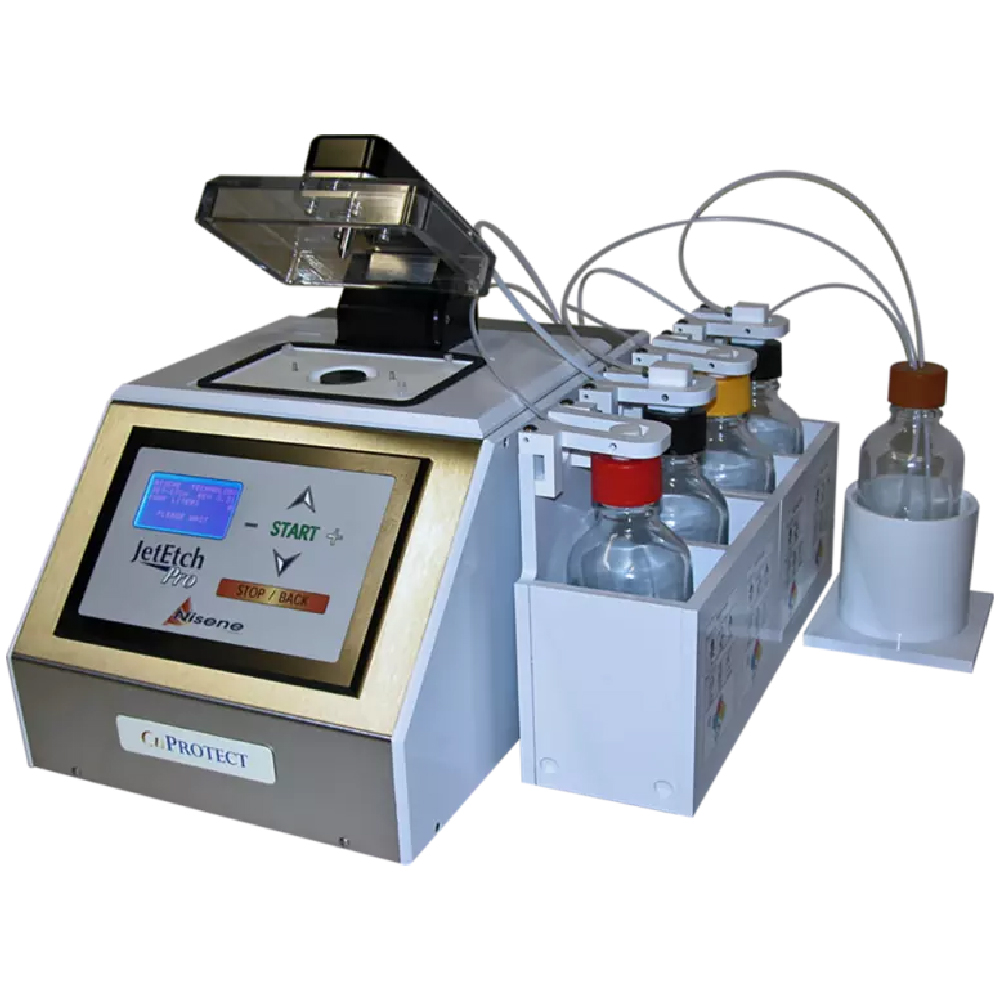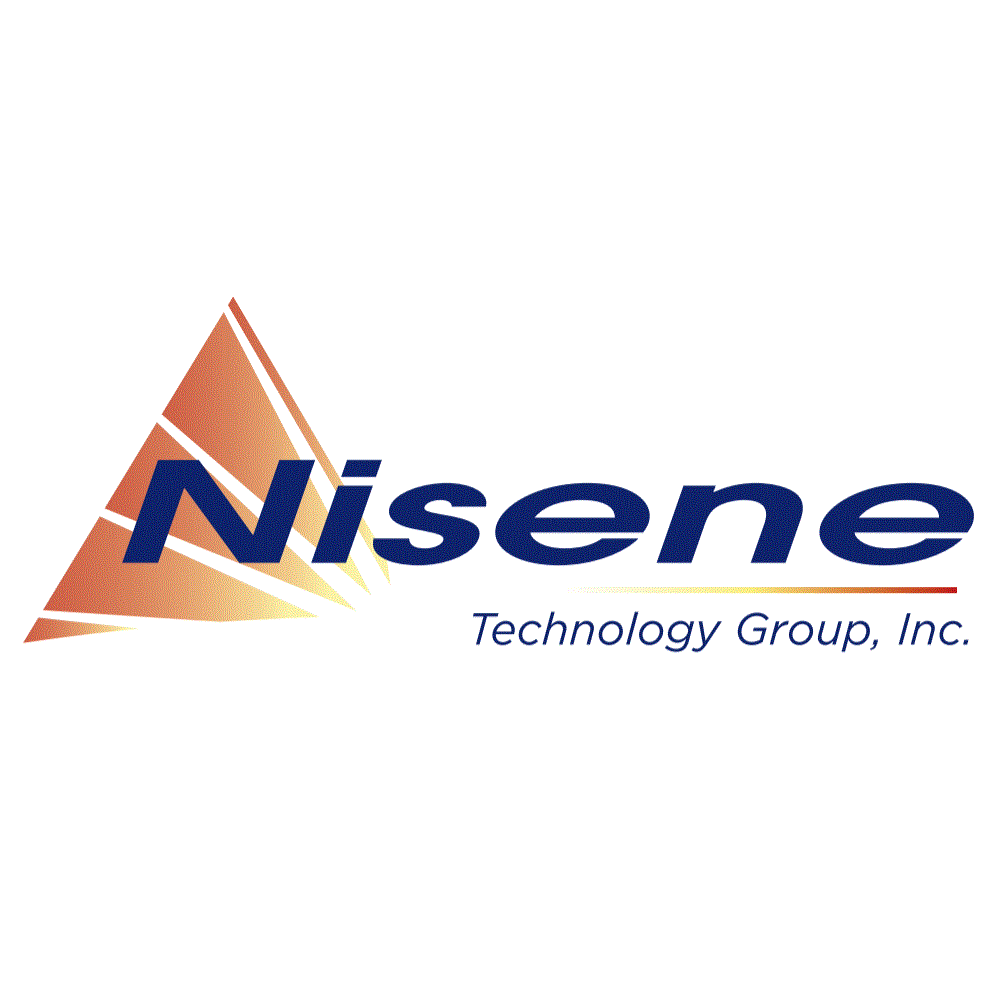The Old Methods
Historically, one would use an automated chemical decapsulation system to etch samples with copper wires — with minimal success.
Even with a low-temperature nitric and sulfuric acid mixture, and even in combination with laser pre-opening, this process works to an extent but is largely unreliable.
When faced with a limited number of field failures, which is a common scenario in a failure analysis laboratory setting, less reliable processes can’t be counted on to deliver satisfactory failure analysis and visual inspection results.
The Solution
To support manufacturers in making this shift so that failure analysis can still be performed on their most advanced and cutting-edge products which now use copper wire bonding, Nisene Technology Group has developed a version of its new JetEtch Pro decapsulation system that is specifically designed to handle the processing of this sensitive material: the JetEtch Pro CuProtect — the latest in a series of innovative solutions for the failure analysis industry from Nisene.
The Process
Using a proprietary and patented process, the JetEtch Pro CuProtect applies a bias to the solution being pumped to the sample in the process chamber.
This bias creates a condition in which negatively-charged sulfate ions are attracted and temporarily bonded to the surface of the copper wire while the sample is being etched.
This temporary sulfate ion coating protects the copper wires from corrosion while the sample undergoes the etching process.
The image to the right illustrates the operating principle behind the technique. Click on the image to open a larger version in a new window.
In less sophisticated systems relying solely on low-temperature etching, positively-charged hydrogen ions are attracted to the copper wires, thereby making the wires susceptible to pitting, cracking, breaking, and many other undesirable anomalous artifacts that greatly affect or even squelch completely the ability to perform failure analysis after the etching process.
The Nisene Technology Group CuProtect system solves this problem.
The Results
As illustrated in the images below, the advanced bias application process yields results that are unmatched in the industry.
If you would like to see more examples of samples etched with the CuProtect, please contact us.
The Software
“Surely something like this must be complicated to use and difficult to understand — right?” you ask. The answer to that is “of course not!” The system appears on the outside to be the same as the JetEtch Pro, but there is an added line in its decapsulation programming menu that allows the user to change the value of the applied bias. The range is 0 V (off or no bias) to 20.0 V, selectable in .1 V increments. The other differences between the CuProtect system and the JetEtch Pro — both in hardware and software — are hidden inside the system, so operating the CuProtect is exactly like JetEtch Pro and virtually transparent to a user. That is to say: the learning curve is very small. There’s no need to learn anything new other than how much voltage to apply to your sample while it is etching.
One additional parameter line. Not much to learn here!
The Price
Much like our JetEtch Pro, the pricing of this high-end system is competitive with anything else you’ll find in the market. As with the JetEtch Pro, if you find a comparable product out there that has better pricing than our system, we’ll meet or beat its price.
Please contact us for further details







